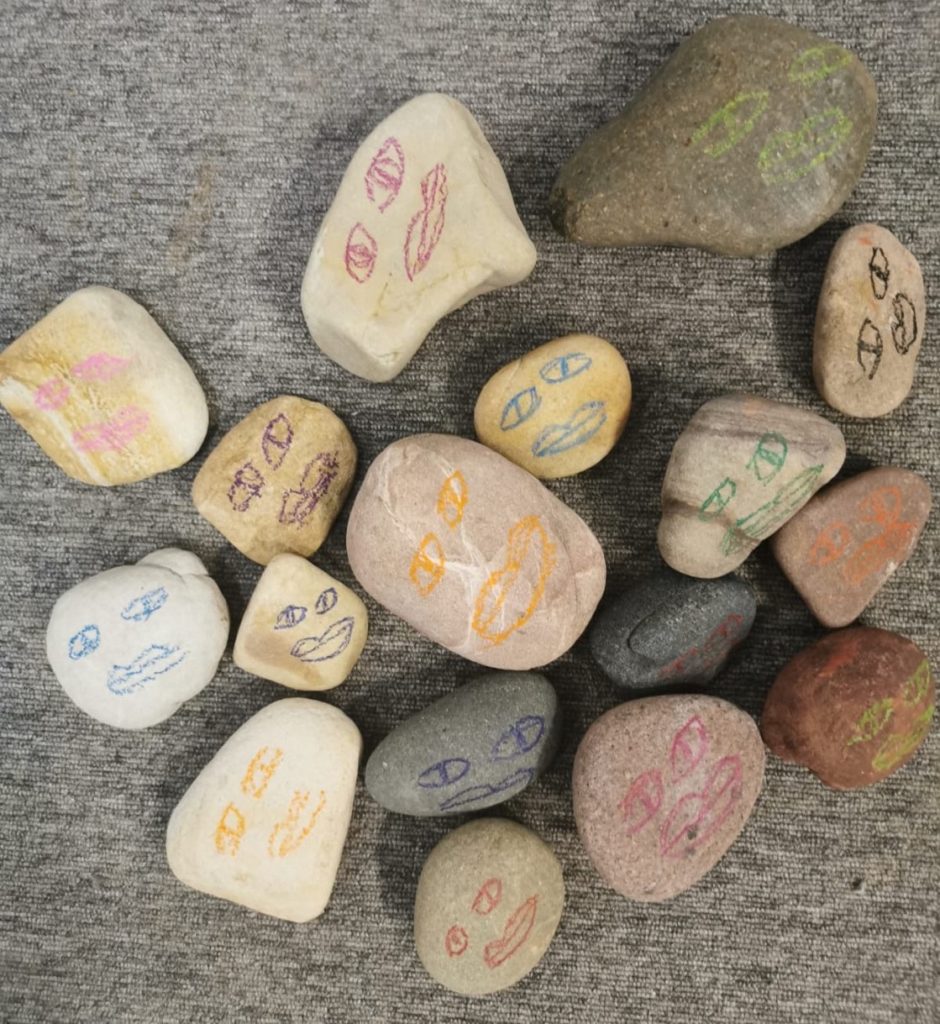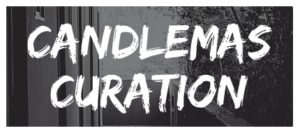Achille Pedespan
land art performance
documented in photos
Methodology
For this practicum, my original idea was to create something out of the scenery surrounding me—my everyday life. Living in St Andrews, I knew that I wanted to use the sea and its elements. Since January 2021, the UK is on a EU border, therefore, I chose to denounce through a performance the violence of crossing of borders in the EU.
Living on one of the most western borders of the EU, I wanted to make visible and denounce what is usually silenced, especially in western Europe, the reality of border-crossing in Eastern EU (Eastern Mediterranean and Western Balkan especially): the numerous deaths of migrants and their link to the questionable European Border and Coast Guard Agency (also called Frontex). Based on Derrida’s concept of hauntology, I wanted, with a performance, to make visible these ghosts, these silenced migrants. Therefore, I wanted those pebbles to represent “this being-there of an absent” (Derrida 1994, 5).
Also, a haunting spectre is always the product of an hegemony (Derrida 1994, 46). It is the hegemonic-western European-capitalist discourse which creates those ghosts. We can think for instance of the picture of the dead Syrian child in 2015 used in many European newspapers. It revealed the graphic reality of migrating in Europe but also the selection of the representation of corpses—the hegemonic origin of the creation of ghosts. Or we can think of Frontex which also creates those spectres in its migrant detention centres. As Polly Pallister-Wilkins shows in “The Humanitarian Politics of European Border Policing,” Frontex is torn between care and control (58). Frontex’s policing goal is made acceptable through a supposedly caring side, yet, it is often accused of killing (66). The pebbles embody the spectres haunting the European imaginary, hidden under a pseudo-humanitarian goal and a freedom of movement based on a drastic closure of external borders.
I chose to organise my performance over two days because, according to Derrida, “everything begins by the apparition of a spectre. More precisely by the waiting for this apparition.” (Derrida 1994, 4). Waiting for a ghost is looking both towards the past and the future: I did not know if I was going to find any painted pebbles. The second day of performance allowed me to experience the waiting for the apparition, the waiting for the “revenant” (Derrida 1994, 11). The pebbles become this double meaning of revenant by being at the same time a ghost and what comes back.


I drew on pebbles using crayons: different colours on different stones
I chose to use mainly natural material: pebbles. I collected different types of stones with different shapes and colours. I thought that pebbles represented well the idea of hauntology, stones as tombstones, as death masks or as objects of remembrance. After the collection, I drew faces on the pebbles with crayons in a naive style. With this style, no one and anyone is represented and it enhances the innocence of the face. In a sense, it makes us face with the Levinasian face of the other. Seeing the face of the other is a moral imperative because “[it] is meaning, and a meaning without context […], what you cannot kill, or at least in the sense that says: ‘thou shalt not kill’.” (Levinas 1985, 86-87). The pebbles recall this moral imperative but at the same time reveal that it is not completed. They make use face the violence of this impossibility: what should not be killed has been killed and it is haunting us.
Performance
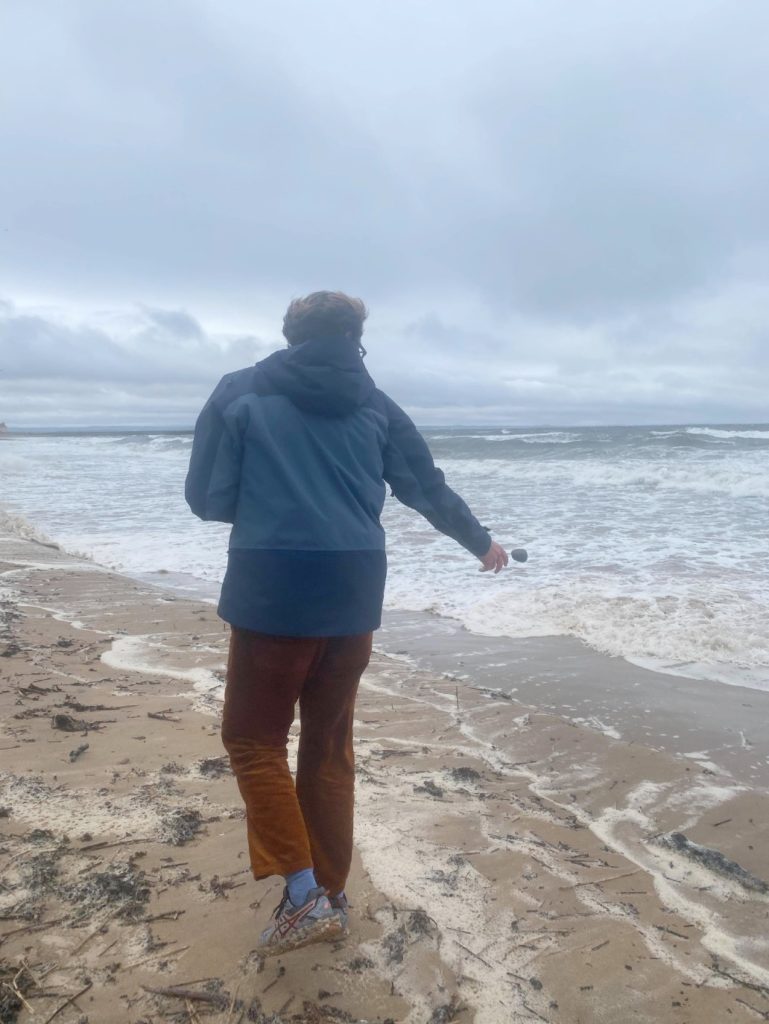
31st of March
During a storm, I sowed the painted pebbles in the rough sea. Doing this, I had in mind the folk tale character Little Thumbling because sowing stones is his way to memorise, to remind him of the past (the path he followed). Besides, the stormy weather and the rough sea are linked to the imaginary of sinking. The pebbles were like the remains of a shipwreck, the corpses sowed by the waves reminding us of the tragedy that has happened in the sea.
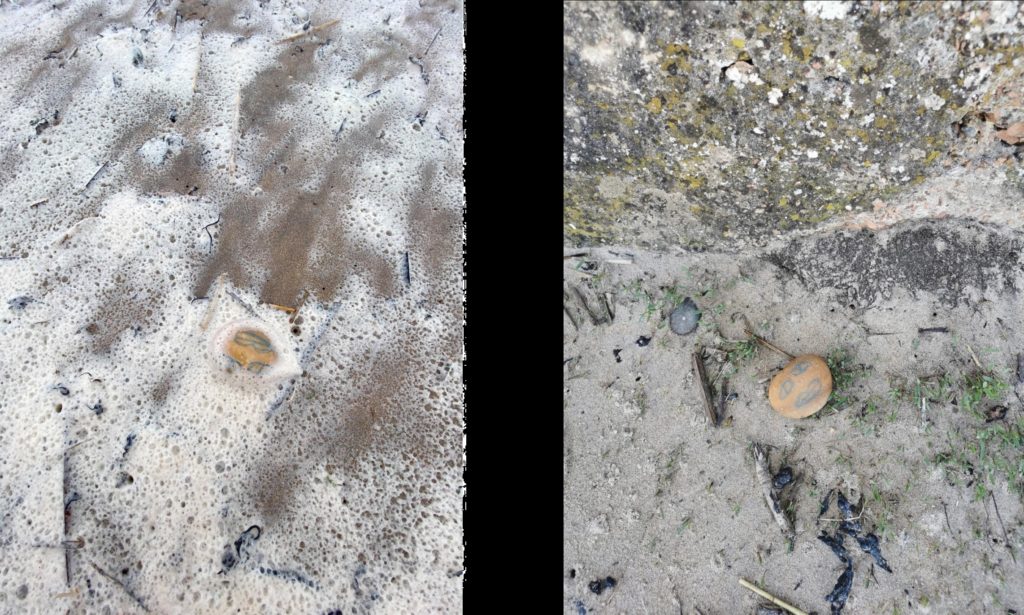
Same pebble, different day

The next day, I collected the remaining pebbles
1st of April
The next day, I returned to the beach, it was the calm after the storm. I was able to find four painted pebbles. This last search did not really put on end to the performance because the lost pebbles are still haunting (from) the sea.
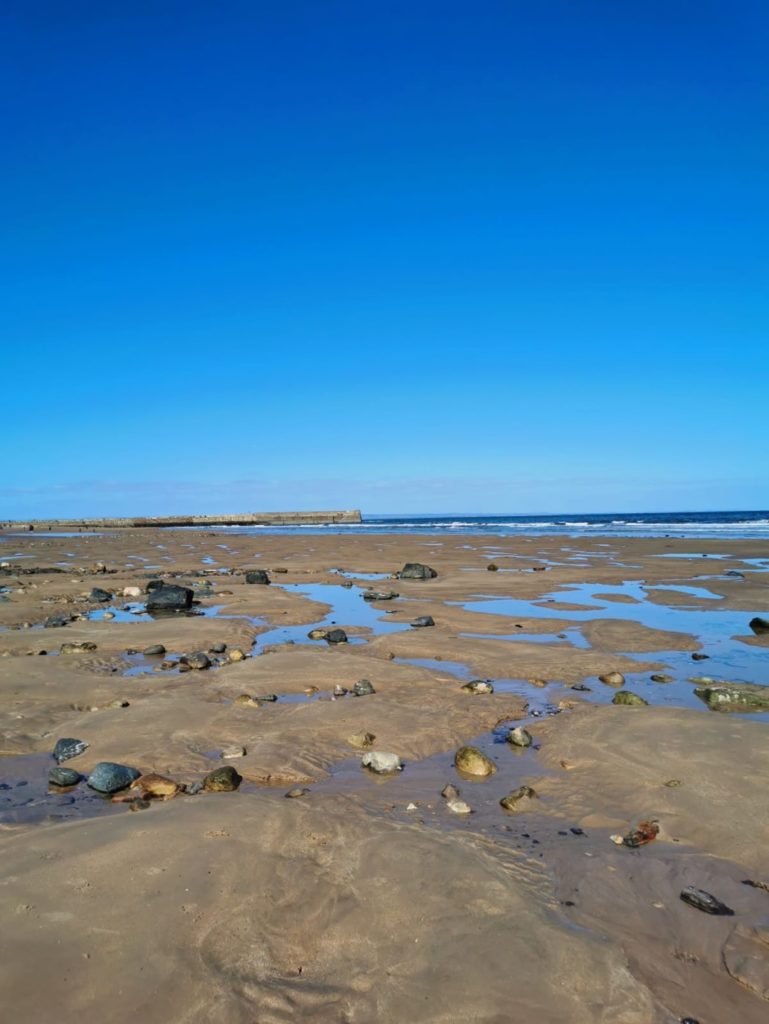
However, thirteen pebbles remained lost. Perhaps they are buried deep in the sand, perhaps they are deep down in the sea, or perhaps I just did not notice them among the other pebbles—and someone will perhaps find a painted pebble. There are the pebbles we find, those we choose to see and those which disappear but are still haunting us, no one know when they will return. Perhaps the next storm will stir them up. The performance never ends.
Click Below to Return to the Curation Front Page:
